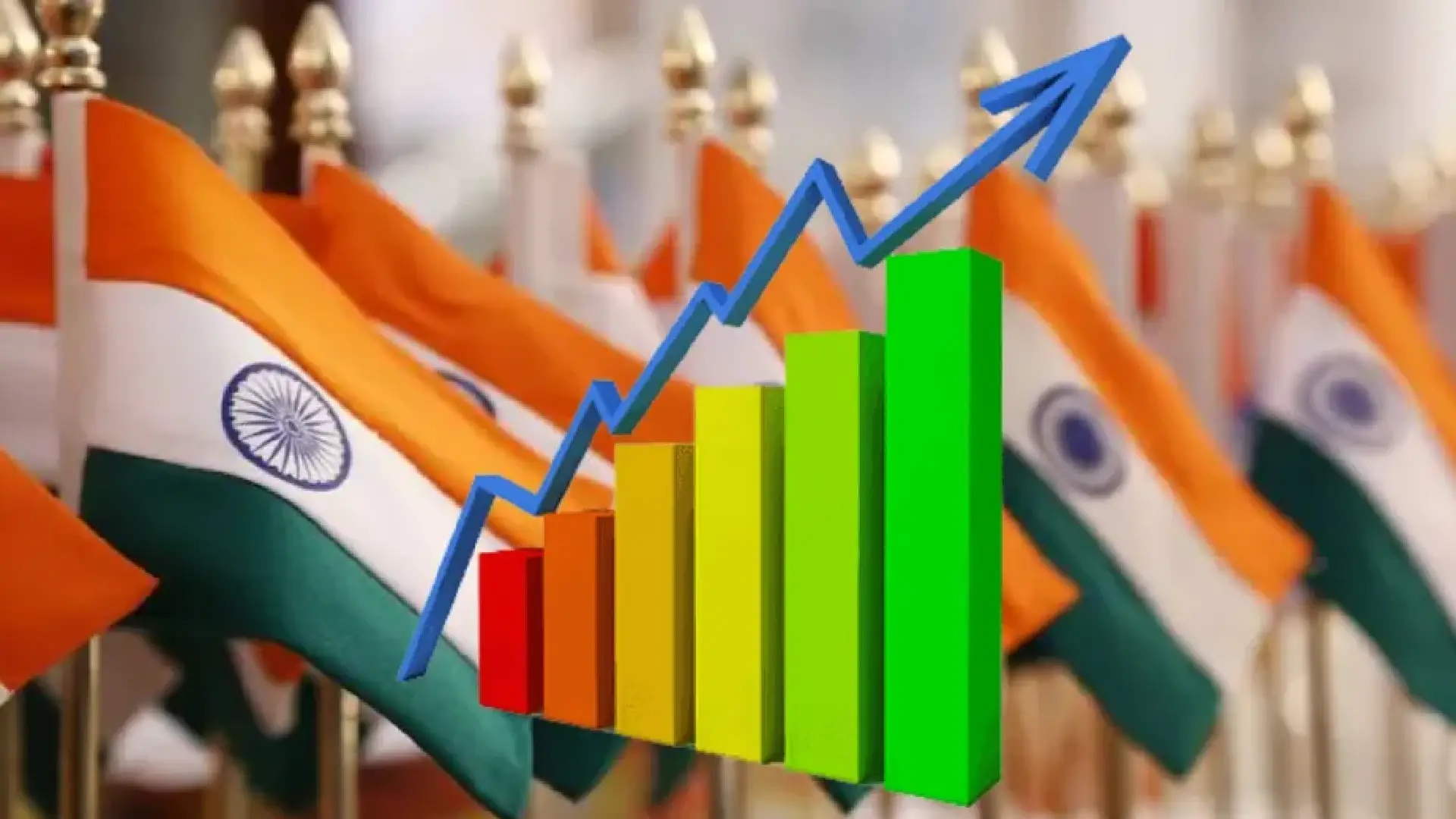India’s Soaring Ascent: Set to Become World’s Third-Largest Economy by 2030 (PUNE News)
India is on track to ascend as the world’s third-largest economy by 2027, surpassing both Japan and Germany, as per insights shared by analysts at Jefferies, an investment banking firm, in a recent report.
A mere decade ago, India held the ninth spot in the global economic landscape. However, recent data showcases a remarkable climb to the fifth position, boasting a nominal GDP of $3.4 trillion. Projections, highlighted by Business Insider, are anchored in India’s current economic momentum and a series of structural reforms that have reshaped its macroeconomic framework significantly.
Jefferies predicts India’s GDP to hit $5 trillion within the next four years, aiming for nearly double that figure by 2030, reaching close to $10 trillion. Bloomberg underscores this fiscal expansion, foreseeing an annual GDP growth rate of 6% over the next five years, outpacing most major economies. Furthermore, substantial growth is anticipated in Indian equity markets, with expected dollar-term returns of up to 10% over the next five to seven years.
In discussions with Ajit Parulekar, director of the Goa Institute of Management, and Vijay Pereira, president-elect of the Indian Academy of Management, and a distinguished professor at NEOMA Business School in France, the focus was on the factors fueling this optimistic outlook. They cited structural domestic flows and the potential for significant market capitalization growth beyond $10 trillion by 2030, driven by unicorn listings and other factors.
India’s economic surge can be attributed to a series of reforms implemented under Prime Minister Narendra Modi’s leadership, according to The Economist, which have bolstered its stability and attractiveness to international investors. Key among these reforms is the Goods and Services Tax (GST), which streamlined the country’s tax structure, easing business operations nationwide. Additionally, new bankruptcy laws have expedited insolvency resolution, while demonetization aims to combat corruption and reduce illicit financial activities.
The ‘Make in India’ initiative, launched in September 2014, has played a pivotal role in attracting investment, fostering innovation, advancing skills, and establishing modern manufacturing infrastructures. Parulekar and Pereira advocate for the evolution of this initiative into ‘Make in India 2.0’, emphasizing an investment-friendly ecosystem, infrastructure modernization, and increased openness to foreign direct investment (FDI), with a focus on private sector-led growth.
They stress the importance of improvements in the ease of doing business, pointing out that India’s ranking rose to 63rd in the World Bank’s Ease of Doing Business index in 2020, reflecting simplified processes and an enhanced business environment.
India has seen a significant uptick in FDI, with record-high inflows reaching $84.8 billion during the fiscal year 2021-2022, compared to $45.15 billion in 2014-2015 and a mere $2.2 billion two decades ago in 1999-2000. This surge suggests a growing interest from multinational corporations in India’s expanding sectors, potentially reshaping the global economic landscape.
Strategic partnerships and increased trade agreements could further elevate India’s economic stature, positioning it as a hub for innovation and industrial growth. As India’s economy continues to ascend, global leaders must adapt their strategies to leverage its growth for mutual benefit, embracing the complexities and opportunities it presents on the world stage.
#IndiaEconomy #GlobalGrowth #MakeInIndia #FDI #EconomicOutlook
